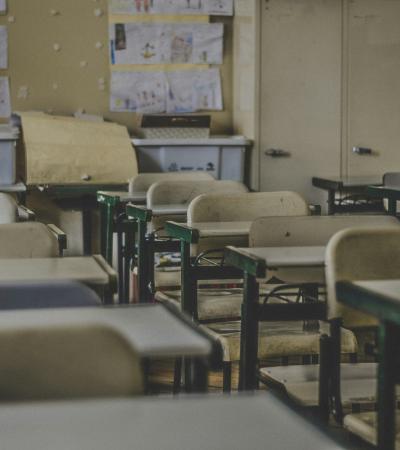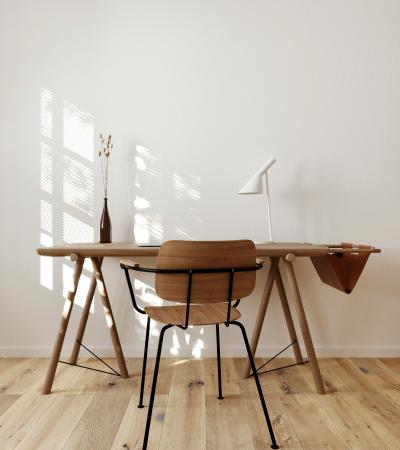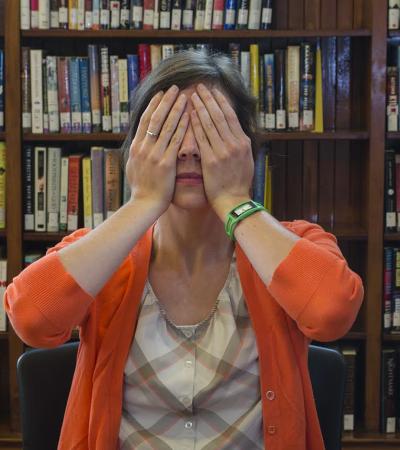Each June, Canada observes National Aboriginal Month, and June 21 is National Aboriginal Day. Last year, the LP Fisher Public Library celebrated by making deerskin shakers with a craftsperson from Woodstock First Nation (WFN). This year, we will celebrate with two special storytimes focused on Indigenous history in June. But before this year's official festivities even began, we hosted two other powerful events.
An art installation to commemorate suffering and healing
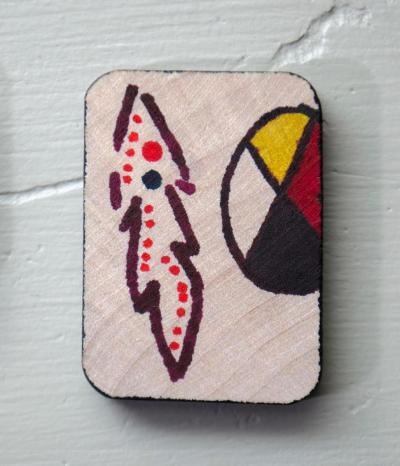
The first event was Project of Heart. On May 6, we invited the public to join WFN staff and members to create a permanent art installation (we chose the shape of an open book) to commemorate the suffering of children during the residential school program and their continued healing. Artist Terri Paul gave a talk about the project, and then each participant was asked to decorate a tile to be part of the mosaic. The figure of the open book represents the library as a safe place, which gives everyone access to learning in a welcoming and secure environment. We had a very powerful presentation by WFN elder Derry Fontaine who shared his story of being in a residential school and how he eventually learned to turn his anger into forgiveness and love. He sang and drummed for us, and taught the children in attendance how to drum as well. View the event flier.
Members from two local First Nations (Tobique and Woodstock) were invited to attend, as well as mayor, council, local schools, the press, members of the New Brunswick College of Craft and Design’s Aboriginal Visual Arts program, and, of course, the general public. Terri Paul and I also visited local day cares to talk about the program with kids and have them contribute their own tiles.
This event was on the same afternoon we had the New Brunswick Museum come for their promotional tour, so it was an excellent opportunity to get more people signed up for library cards and free passes to the museum (which houses many Indigenous artifacts and visual arts). People that were coming for one event were invited to attend the other.
Budget and planning-wise, Terri and I shared the costs of the tiles, refreshments, decorative markers and other supplies. My on-staff graphic designer designed a poster, and I advertised the event. I also spoke with our provincial Aboriginal services librarian, Patricia Knockwood, to see if there were any other ways I could connect with First Nation communities and make sure nothing got lost in translation between our cultures. She was happy with what we were doing in Woodstock and glad that First Nations’ traditions and history wouldn't only be celebrated one month per year, but all year long.
Patricia graciously reminded me our library is on Wolastoqiyik original territory and, out of respect, to acknowledge it at the beginning of the program, which I am always happy to do. Here is a typical opening declaration we use at our branch: “We would like to begin by acknowledging that the land on which we gather is the traditional unceded territory of the Wolastoqiyik.” This is an important step in reconciliation.
A sculpture to bring people together
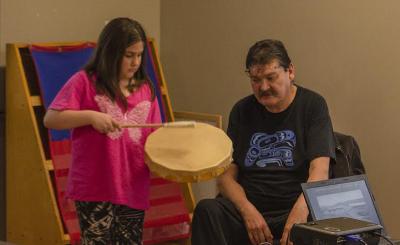
This wasn’t the first project Terri and I have collaborated on. On Feb. 23, the LP Fisher Public Library, in partnership with WFN, held a very special gallery opening, the first of its kind in the history of our town and library. WFN students from Woodstock High School created a massive wooden sculpture of a wampum belt, which was on display in the children’s department through the month of March and the first two weeks of April. Our event included an opening prayer; drumming and song; a talk by one of the high school students about the belt’s creation; a PowerPoint presentation; and a buffet of traditional Wolastoqiyik food (salmon, moose meat, fiddleheads, etc.) and other delicious offerings.
The best part was that people who weren’t even originally in the library with the intention of attending the event heard the drumming and headed upstairs to check out what was going on. The next thing we knew, there were almost 50 people milling around the stacks, admiring the sculpture, tasting the delicacies and enjoying one another’s company. It was the essence of community. The color of our skin, the languages we spoke, the cultures we came from, the social conditioning we had received, they were all still there, but they were in the background to what was most vibrant, most real, most true: we are one people. And we are all in this thing called life together.

